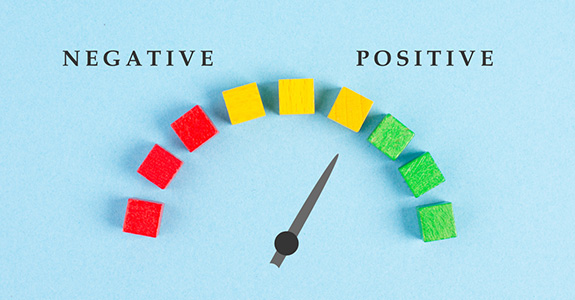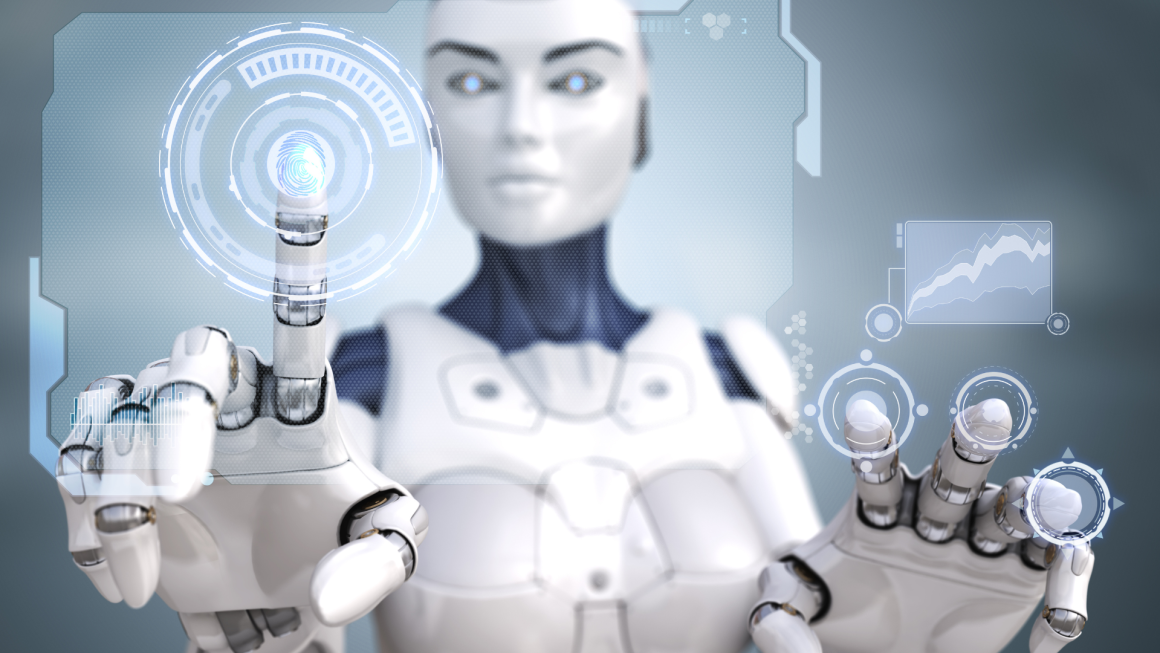Artificial Intelligence (AI) is becoming one of those terms that everyone knows, talks about, but when thinking about its definition, difficulties arise. So, I start this text by suggesting a reflection: first, think about what AI is and then look around you and try to identify where it is acting.
Don’t worry if it wasn’t easy: there is still no consensus on its definition, not even in the literature in the area. To say that it is a technology is very comprehensive and that it is an intelligent machine is inaccurate. A calculator, for example, is an intelligent machine for doing calculations, but it is not a type of AI.
One strategy could be to understand the meaning of the two words separately. However, on the one hand, if deciphering intelligence brings up a long unanswered discussion, understanding intelligence in the context of AI can be a controversial and even more complex task. On the other hand, although it is simple to understand that artificial means non-human, AI is a vast field that has been developing tools with intelligent behaviors, even if still in controlled environments and for particular periods. Understanding intelligence is challenging, but attributing intelligence to technology further complicates the issue (ARKOUDAS; BRINGSJORD, 2014).
In the meantime, I have a tip: resorting to history can shed some light!
In 1956, John McCarthy used the term “artificial intelligence” for the first time at the seminal Dartmouth Conference (FRANKLIN, 2014). Make no mistake, AI was not developed at this event, but bigwigs from the field gathered at the workshop to interact and exchange ideas. In this group were Marvin Minsky, Herbert Simon, Allen Newell, Claude Shannon, and Nathaniel Rochester, for example, who became, in the following decades, responsible for essential evolutions in the field of computing and creators of prominent AI research centers (FRANKLIN, 2014; RUSSEL; NORVIG, 2009). Thus, it is possible to understand that the idea of AI emerged well before its technical development itself, reflecting in its essence the interdisciplinarity represented by the intersection of the two most significant intellectual products of the 20th century: the theory of computability and the cognitive revolution (ARKOUDAS; BRINGSJORD; 2014).
In the next opportunity, however, I will show how, despite the expression artificial intelligence being a result of the Dartmouth conference, its imagination and the probable beginning, on the other hand, are much earlier. I will also skip essential inventions, such as algorithms, to list some points that, today, I think are useful for this reflection. The first is machine learning, which defined the field of AI in its infancy. The second is deep learning, which has brought artificial neural networks that use the human brain as a model (KAUFMAN, 2018). In this way, it is clear that although the development of AI is not intended to replicate human intelligence explicitly, human beings end up being a standard of comparison (COECKELBERG, 2020). Consequently, given these precedents, it is emphasized that artificial intelligence is a technical field linked to computing and engineering. Still, it is also a new area of science with solid philosophical connections as it is based on science and man since human intelligence is one of the standards (FRANKLIN, 2014).
Finally, I end this text by asking you to return to the initial reflection and ask: Would you change your concept and way of seeing AI after knowing these facts?
References
Arkoudas, Bringsjord cap 2 In Frankish, Keith (ed.), The Cambridge Handbook of Artificial Intelligence (pp. 316-334). Cambridge University Press, 2014.
Coeckelberg, M. AI Ethics. The MIT Press essential knowledge series. Cambridge, MA: The MIT Press, 2010.
Frankish, Keith (ed.), The Cambridge Handbook of Artificial Intelligence (pp. 316-334). Cambridge University Press, 2014.
KAUFMANM, Dora. A inteligência artificial irá suplantar a inteligência humana? (Coleção Interrogações). Edição do Kindle. Estação das letras e Cores. Barueri, SP: 2018.




